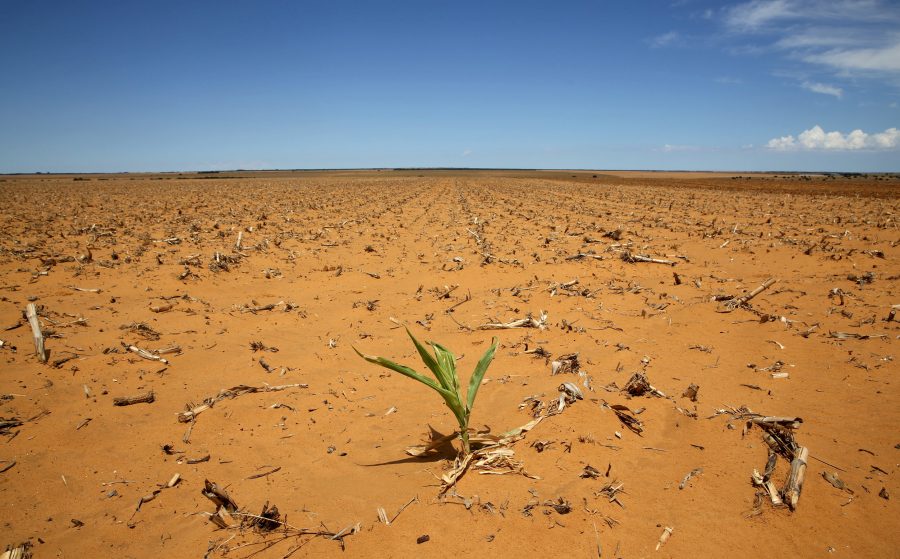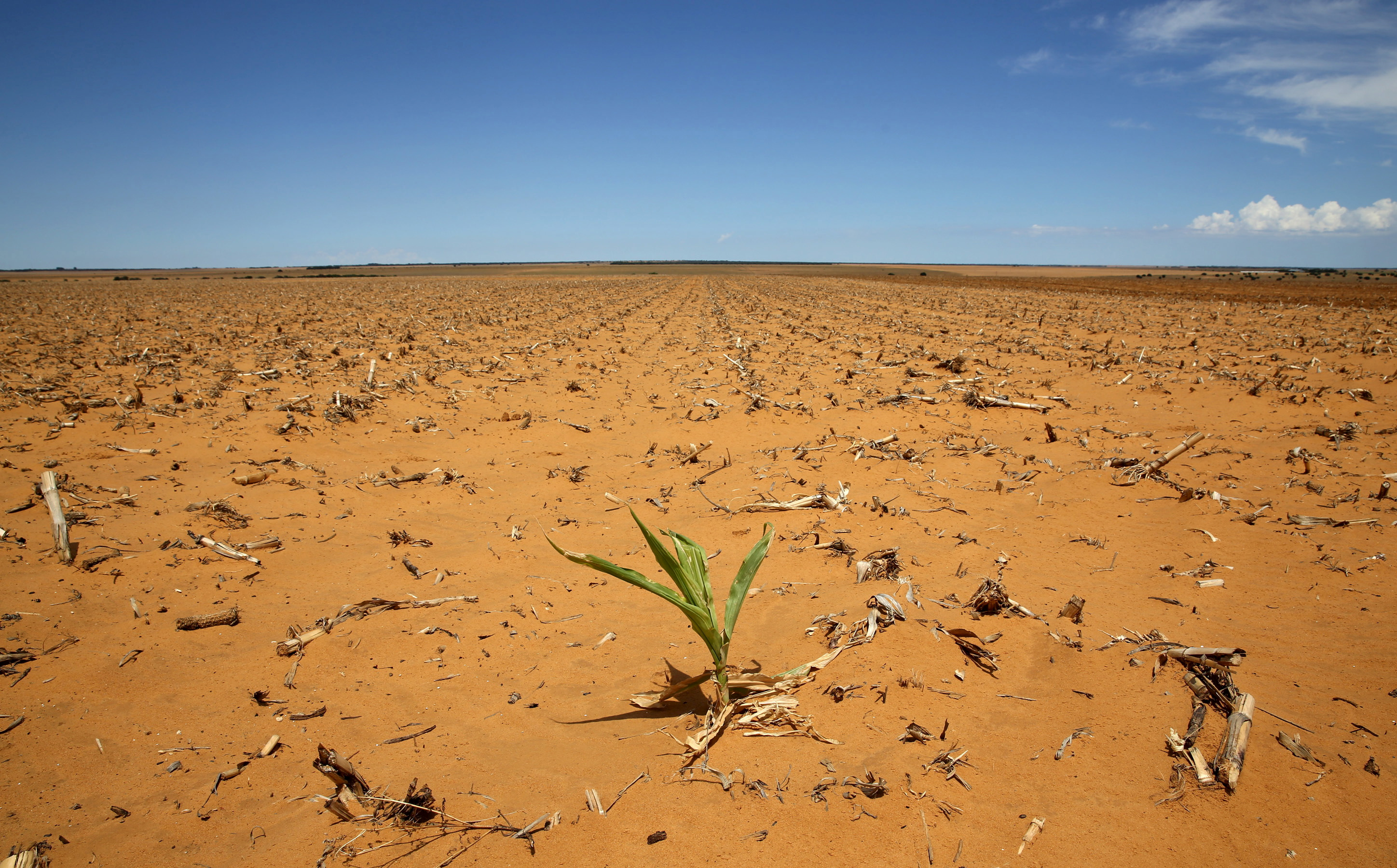
Drought and Animal Disease Threaten South African Farmers
South African grain and red meat farmers are bracing for hard times after dry weather conditions and an outbreak of the highly contagious foot and mouth disease suspended meat exports, officials said on Friday. Maize prices have climbed amid concerns that dry conditions in the main part of South Africa’s maize belt have delayed crop […]

South African grain and red meat farmers are bracing for hard times after dry weather conditions and an outbreak of the highly contagious foot and mouth disease suspended meat exports, officials said on Friday.

Maize prices have climbed amid concerns that dry conditions in the main part of South Africa’s maize belt have delayed crop plantings outside the optimum planting window, threatening yields for the staple food that is also used in livestock feed.
In early estimates farmers have planted around 95 percent of the country’s yellow maize, which is mainly used in animal feed and between 70 to 80 percent of the white maize, which is used in human consumption, the Grain SA lobby group said.


Jaco Minnaar, chairman of Grain SA, an industry body that represents grain producers, said the reduced plantings could have devastating impact on the financial status of the farmers.
“Especially in the western parts of the country this is not the first year of drought for some farmers, it is the fifth or the sixth year that they have had less than normal yields or less than normal income,” said Minnaar.
“We certainly will see less hectares than we did last year and less hectares than we expected in October when the farmers published their intention.”
South Africa’s official Crop Estimates Committee, which in October estimated that farmers would plant 2.448 million hectares of maize in the 2018/2019 season, is expected to release the preliminary area planted estimates on Jan, 29.
The white maize futures contract due in March closed near a one-year high, up 1.49 percent to 3,280 rand, while yellow maize futures due in March closed at 2,840 rand just under its peak of 2,872, levels that were last seen in January 2017.
The higher maize prices have also increased animal feed costs amid a constrained consumer environment restricting the costs that can be passed on to the consumer.
In another blow, the read meat industry has seen the suspension of exports after the outbreak of foot-and-mouth disease in the northern Limpopo province.
The disease, which does not affect humans, causes lesions and lameness in cattle and sheep.
Exports of beef made up 4 percent of South African meat production last year, fetching to 1.8 billion rand ($131 million). The exports were destined to various countries, including Mozambique, Ghana, UK, Germany and China.
“All these factors put the producers’s cash flow and financial survival under pressure,” the Red Meat Producers Organization said in a statement on Friday.
(Editing by James Macharia)
